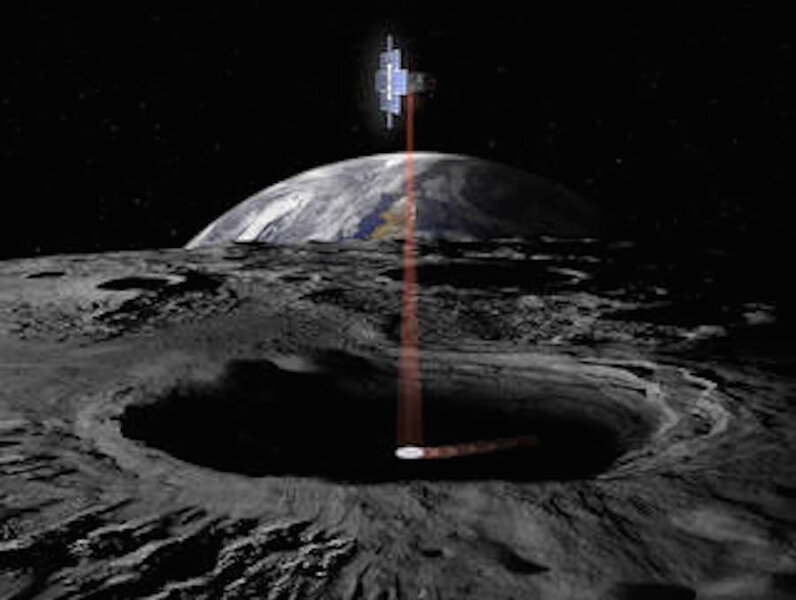How NASA's 13 micro-satellites will explore deep space
NASA’s new rocket will be carrying two payloads during its first flight – one containing an uncrewed Orion spacecraft and a second containing 13 small satellites.
On Tuesday, NASA announced the additional payload of 13 CubeSats, satellites each the size of a briefcase, for the first space launch system (SLS) launch, which is set to take place no later than November 2018. The first mission, known as Exploration Mission-1 (EM-1), will be tasked with launching Orion to a stable orbit around the moon. After the Orion spacecraft is away, it will launch the 13 CubeSats.
The launch possibilities for the CubeSats are usually limited to low-orbit missions. The SLS EM-1 mission was selected because it will be reaching deeper into space.
But even in deep space, what can 13 pillow-sized satellites accomplish? They can collect valuable information to better understand the universe, according to NASA.
“The 13 CubeSats that will fly to deep space as secondary payloads aboard SLS on EM-1 showcase the intersection of science and technology, and advance our journey to Mars,” said NASA Deputy Administrator Dava Newman in a press release.
Deputy associate administrator for Exploration Systems Development Bill Hill referred to the satellites as a “payload that will advance our knowledge about deep space with minimal cost.”
So far, seven CubeSats have been selected. NASA chose two satellites from its Next Space Technologies for Exploration Partnerships, two from NASA’s Science Mission Directorate, and three from NASA’s Human Exploration and Operations Mission Directorate. Each of the selected satellites have different capabilities and mission objectives.
The Lunar Flashlight CubeSat (visible in the image above) will be responsible for searching the surface of the moon for ice deposits and potential locations for resource extractions, according to the NASA press release. Near-Earth Asteroid Scout, a second satellite, will take pictures and observe some of the asteroids near Earth.
Another micro-satellite that will be hitchhiking on the SLS is the CuSP. It is designed as a “space weather station” by the NASA Science Mission Directorate and will measure particles and magnetic fields in space. 14U News reports the small satellite will orbit the sun and gather information on the radiation, which could help NASA better understand the weather in space.
Six additional spots have been reserved for other CubeSats. Three will come from NASA’s international research partners. The final three will be chosen from NASA’s Cube Quest Challenge, where CubeSat builders compete for the coveted slots. The final winners will be announced in 2017.
The SLS rocket is designed to be able to carry a crewed Orion spacecraft into deep space and, eventually, Mars. However, its construction also represents a shift in thinking of rockets, which has allowed additional flexibility in space missions, like the addition of a payload.
"The tradition in rocketry used to be … if you had one extra pound of performance you add one extra widget to the satellite you are launching,” Jonathan McDowell of the Harvard-Smithsonian Center for Astrophysics told The Christian Science Monitor in January. “It’s only in recent years that people have rockets that are sort of overpowered for the job.”
Mr. Hill said the SLS rocket, even in test missions, “is providing an incredible opportunity to conduct science missions and test key technologies beyond low-Earth orbit.”






